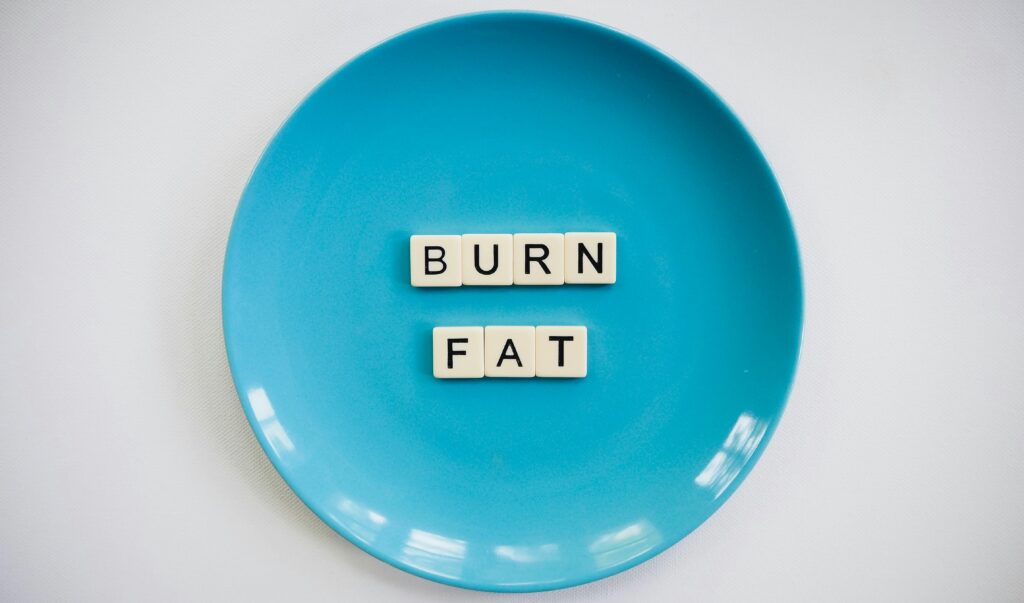Fasting has surged in popularity as a weight-loss strategy, and with good reason. This time-honored practice doesn’t just help with shedding pounds; it can also enhance mental clarity, improve metabolism, and even support heart health. But before you dive into fasting for weight loss, it’s important to understand the various methods, benefits, and best practices. Here’s a comprehensive look at fasting for weight loss and how it can fit into a healthy lifestyle.
What Is Fasting and Why It Works for Weight Loss
At its core, fasting involves abstaining from food (and sometimes drink) for specific periods. While fasting has been used traditionally for religious or spiritual purposes, it’s now becoming mainstream for its health benefits, particularly in the realm of weight management.
The science behind fasting is straightforward: when you fast, your body doesn’t have a constant influx of calories to burn, so it starts using stored fat for energy. This process, called ketosis, can help you burn fat more effectively and, over time, can lead to significant weight loss. Additionally, fasting impacts insulin and other hormones, which can reduce cravings and even help you develop a healthier relationship with food.
Benefits of Fasting for Weight Loss
- Increased Fat Burning: Without the regular supply of food, the body taps into its fat reserves for energy. This can accelerate fat loss, particularly around the abdomen.
- Better Metabolic Health: Studies show that fasting may help regulate blood sugar and improve insulin sensitivity, which is crucial for weight management and can even lower the risk of type 2 diabetes.
- Appetite Control: By narrowing the eating window, fasting can help manage hunger and reduce overall calorie intake. Many people report that they experience fewer cravings and feel more satisfied with smaller portions.
- Improved Hormone Balance: Fasting can boost norepinephrine, a hormone that helps burn fat, and reduces insulin, which means the body stores less fat.
- Convenient and Flexible: Unlike strict calorie-counting diets, fasting is simple and doesn’t require specialized foods. This makes it a flexible approach for those with busy lifestyles.
Types of Fasting for Weight Loss
There are several popular fasting methods, each with its unique benefits. Here are a few that might work for you:
1. Intermittent Fasting (IF)
Intermittent fasting is one of the most popular methods. This involves cycling between periods of eating and fasting, typically on a daily basis. Common methods include:
- 16/8 Method: Fast for 16 hours and eat within an 8-hour window. For example, you might eat between 12 p.m. and 8 p.m.
- 5:2 Method: Eat normally five days a week, but restrict calorie intake to about 500-600 calories on the remaining two days.
2. Alternate-Day Fasting
As the name suggests, alternate-day fasting involves fasting every other day. On fasting days, you may choose to eat very little or nothing at all. This approach can yield rapid weight loss, but it may be challenging to sustain over long periods.
3. Extended Fasting
This involves fasting for 24 hours or more, usually up to 72 hours. While extended fasting can significantly boost fat burning, it requires careful planning and is best done occasionally, rather than as a regular routine.
4. OMAD (One Meal a Day)
OMAD is a stricter form of intermittent fasting where you only eat once a day within a 1-hour window. This can be a powerful tool for weight loss but requires commitment and careful nutrition planning.
Tips for Successful Fasting
While fasting is effective, success depends on consistency and making mindful choices. Here are some tips to help you get the most out of your fasting journey:
- Start Slowly: Begin with a shorter fast (like 12 hours) and gradually increase to longer periods, especially if you’re new to fasting. Sudden long fasts can be tough and may deter you from sticking with it.
- Stay Hydrated: Drinking water, herbal tea, or black coffee during fasting periods is essential. Staying hydrated not only keeps you alert but also helps manage hunger.
- Focus on Nutrient-Dense Foods: When you break your fast, choose foods that are rich in nutrients and fiber, like lean proteins, vegetables, and whole grains. Avoid sugar and processed foods that can spike insulin and cause cravings.
- Listen to Your Body: Pay attention to how your body feels. If you’re feeling dizzy, overly hungry, or fatigued, it may be a sign to shorten your fasting period or incorporate a balanced snack.
- Be Patient with Results: Fasting isn’t a magic solution. Give your body time to adapt and adjust to fasting. Many people start noticing significant changes after a few weeks.
- Maintain a Balanced Exercise Routine: Exercising while fasting can help maximize fat loss, but it’s essential to gauge your energy levels. Many people find that low-intensity workouts, like walking or yoga, work best while fasting.
Common Mistakes to Avoid
Fasting can be highly beneficial, but certain missteps can hinder your progress. Here are some common mistakes to watch out for:
- Overeating After Fasting: Avoid the temptation to “reward” yourself with a big meal after a fasting period. This can negate the calorie deficit you’ve worked to create.
- Neglecting Nutrition: Don’t use fasting as an excuse to eat junk food. Poor nutrition can lead to nutrient deficiencies and counteract the benefits of fasting.
- Fasting Without Adequate Sleep: Sleep plays a crucial role in hormone regulation and metabolism. Lack of sleep can increase hunger hormones and make it harder to stick to a fasting schedule.
- Pushing Too Hard, Too Soon: Fasting can be challenging at first. Trying to jump straight into a prolonged fast can lead to burnout and even be counterproductive.
Potential Side Effects and Precautions
While fasting has many benefits, it’s not suitable for everyone. Some people may experience dizziness, fatigue, or headaches, especially during the initial adjustment phase. If you have a medical condition, consult your doctor before starting a fasting regimen. Pregnant or breastfeeding women, people with a history of eating disorders, or those on specific medications should also seek medical guidance.
The Bottom Line: Is Fasting Right for You?
Fasting can be an effective tool for weight loss when approached mindfully. It helps regulate hunger, supports metabolic health, and can even foster a positive relationship with food. However, it’s essential to find a fasting style that works for you and align it with your health goals and lifestyle. For some, a simple 12-hour fast might suffice, while others may thrive with more advanced methods like intermittent or alternate-day fasting.
Incorporating fasting into a balanced lifestyle, complete with nutrient-dense foods, regular exercise, and adequate sleep, can help you achieve sustainable weight loss. Remember, fasting isn’t a quick fix but rather a supportive strategy that, when practiced correctly, can lead to long-term health benefits.

